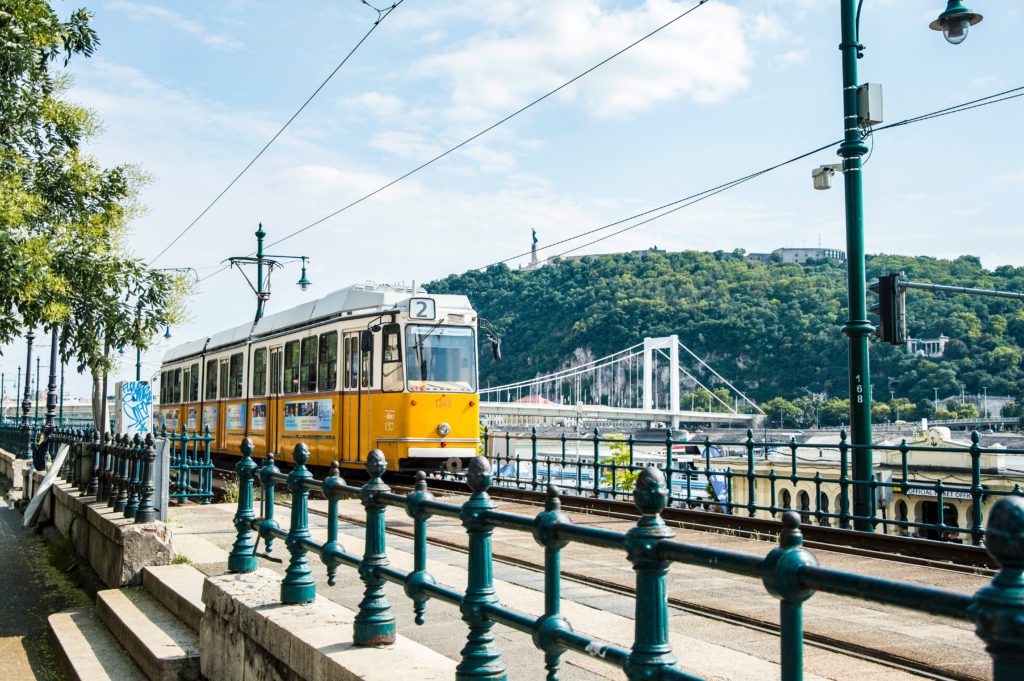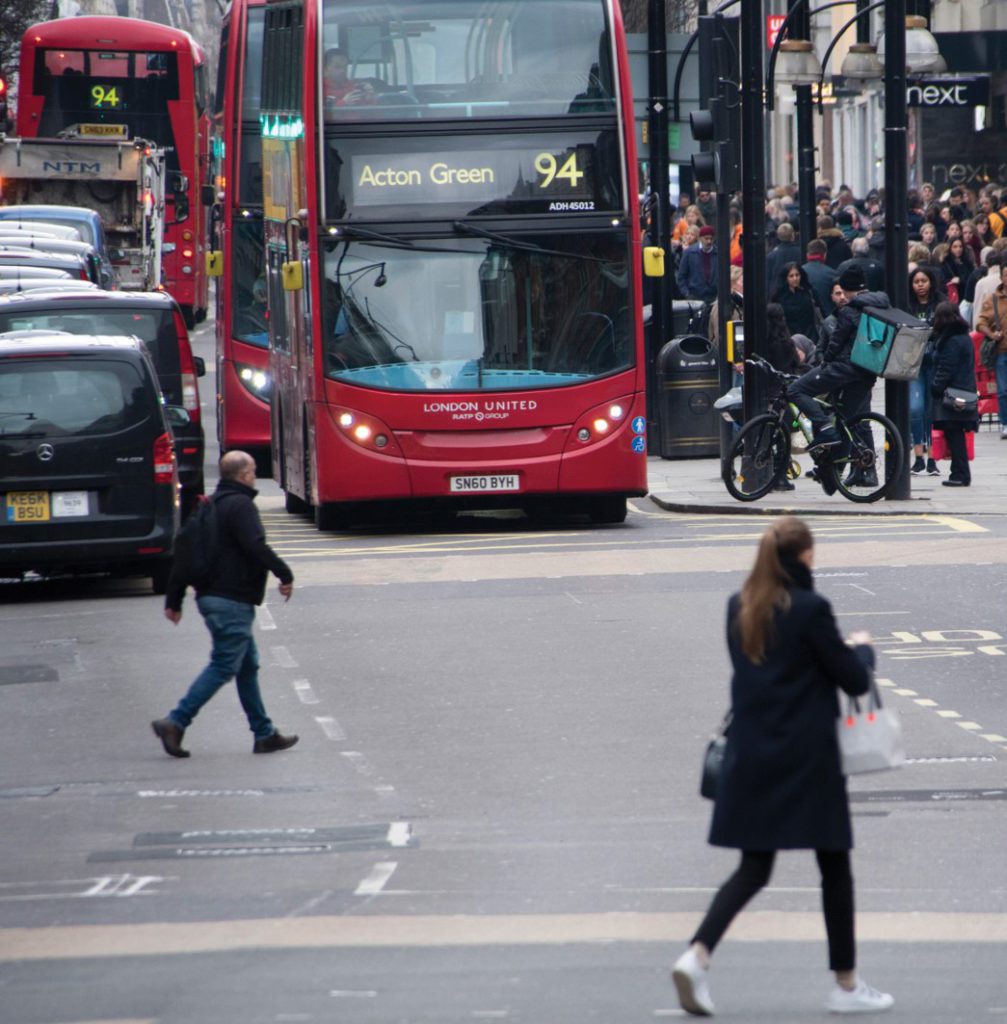MORE launch event: Streets are Ecosystems
For the universities of the project consortium, one thing is evident on the urban stretches of the TEN-T corridor roads: In terms of space usage, the function of moving dominates. For roads to become streets and thereby places in the urban environment, other functions will require a redistribution of space.
#Streets are places of their own, said Regine Gericke @tudresden_de. The #place function might be different from the #moving function, but they need #space too. pic.twitter.com/slquTdVRd6
— MORE (@MORE_H2020) November 27, 2018
Natalie Chapman ( Freight Transport Association) agreed but pointed out that deliveries become more important, potentially adding more traffic on the road. She suggested two solutions to avoid obstructing the traffic: Loading bay’s and retiming. Arup’s flexible kerbside study is one of many examples presented that showed how loading bays, as other functions could be demand-oriented. When needed they would appear, but otherwise, they could free up space for other functions, such as walking, cycling or even another traffic lane.
MORE will look into the detail of how that could materialise on streets. At the five sites in Budapest, Constanta, Lisbon, London and Malmo it will test the design options for urban main roads connecting to the TEN-T network. It will focus on design practicalities, but also add functions to modelling and appraisal tools that can resemble the concept.
What we know about the future of #transport for certain is that it is uncertain.
When planning for the future we need to have a holistic approach across the modes. We need systems-thinking
Meng Lu from Dynniq @MORE_H2020 project launch event#research #futuretransport @CTS_UCL— Nicole Badstuber (@NicoleBadstuber) November 27, 2018
The participants and panellist of the launch event already gave valuable input for the project development. Such as Hanif Khan (London Borough Hounslow) who vividly explained the variety of interests that need to be taken into consideration when developing streets.
MORE would like to continue this dialogue with public and private stakeholders. It will discuss actual results and concepts, such as the tools for modelling and appraisal, the design options and the research results with an interested audience. You are warmly invited to join the MORE Exchange Forum. We will keep you up to date on the latest developments, and you will have the chance to contribute to the tools and results. We’re planning to meet at the CIVITAS Forum 2019 and 2020 and the SUMP Conference 2021.


